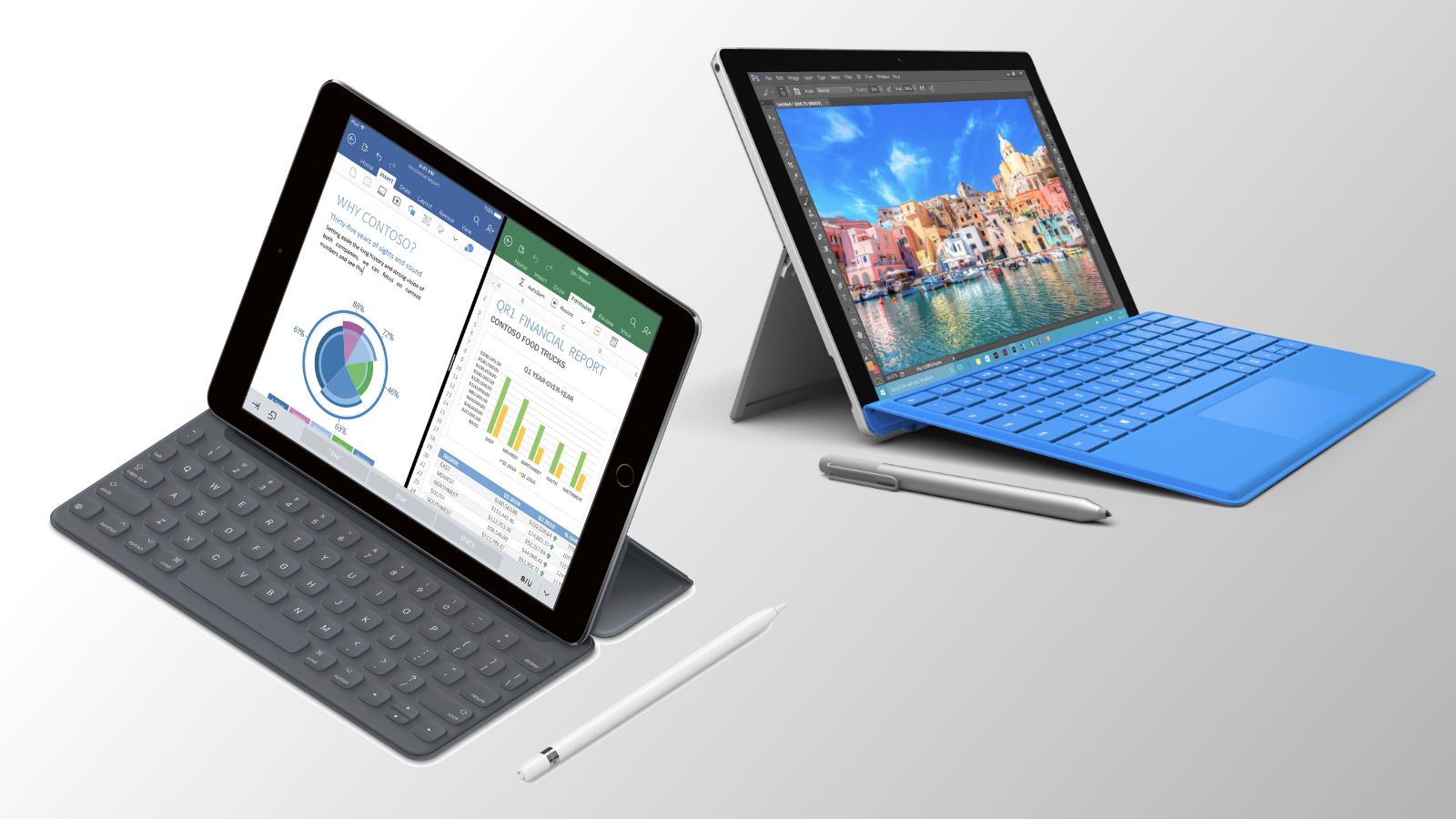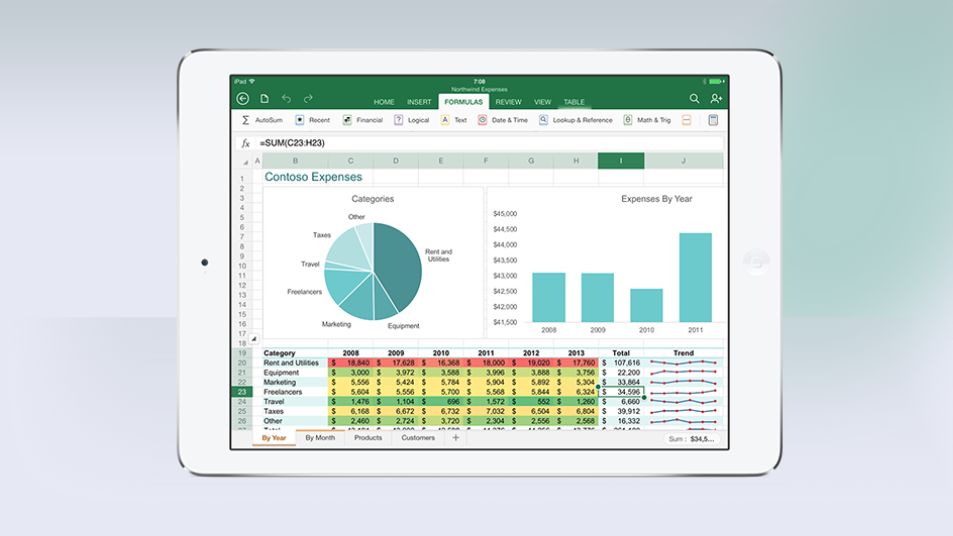Apple is gunning for Windows users, but can the iPad Pro tempt them?
Cupertino is repositioning its iPad in a major move
Surface success
Microsoft and Lenovo have both released successful hybrids and the iPad Pro was widely accepted to be a response to that. This, then, is likely why Apple is courting Windows users so hard – if it can start to poach the customer base from its rival, then obviously that's a big victory.

After the almost unilateral failure of Windows 8, Microsoft has turned the ship around and created, in Windows 10, something consumers want. By combining the best bits of a desktop and tablet operating system, the company has created a compelling experience that works well on a hybrid, desktop, laptop, or tablet.
iOS is a different story as the primary input is meant to be a touchscreen. This is fine for casual apps but is less than ideal for complex tasks and specific programs, many of which are built exclusively for Windows. Big businesses, for example, often rely on Windows-only software that wouldn't port well to Apple's operating system – and that's unlikely to change anytime soon.
Apple has been building out the features in iOS to make it more PC-like. Split-screen multitasking made its way into iOS 9 and the company has been working on multi-user support, but has not yet released the feature to the general public. Deals with companies like IBM and Box also bring attractive enterprise applications to the platform.
PC trends
Really wowing Windows users is going to be an uphill struggle, but the overall trends in the PC industry may be working in Apple's favour as people become more accustomed to smartphones (and the associated touchscreens), apps, and a lighter experience.
The majority of work done on PCs, especially by students, is text input and editing (as well as Facebook scrolling) and these are tasks that can be achieved on a tablet just as well as a 'proper' laptop. This has been true for a while, but the technology that allows the iPad Pro to exist – specifically Apple's very powerful, but very power efficient, A9X processor – has only just come about.

Microsoft has actually helped this future along by providing the Office suite on iPad. The set of applications, which require a subscription to Office 365 to work fully, are used by more than 340 million people across iOS and Android devices, according to the company.
Sign up to the TechRadar Pro newsletter to get all the top news, opinion, features and guidance your business needs to succeed!
Apple is betting on a new type of computing that is based on the assumption that people don't actually need the power, and associated size or weight, of a full-on laptop. The one million iPad apps in the App Store combined with a 9.7-inch or 12.9-inch display (and accessories) is enough for most people and soon, Apple hopes, they will migrate across from Windows.
Max Slater-Robins has been writing about technology for nearly a decade at various outlets, covering the rise of the technology giants, trends in enterprise and SaaS companies, and much more besides. Originally from Suffolk, he currently lives in London and likes a good night out and walks in the countryside.